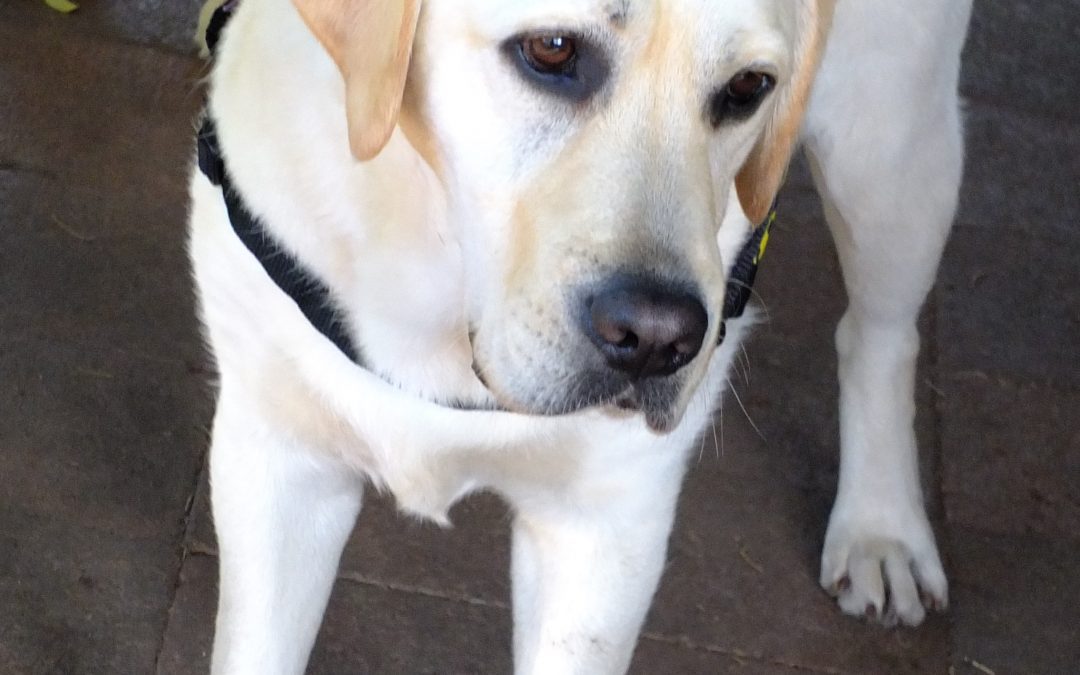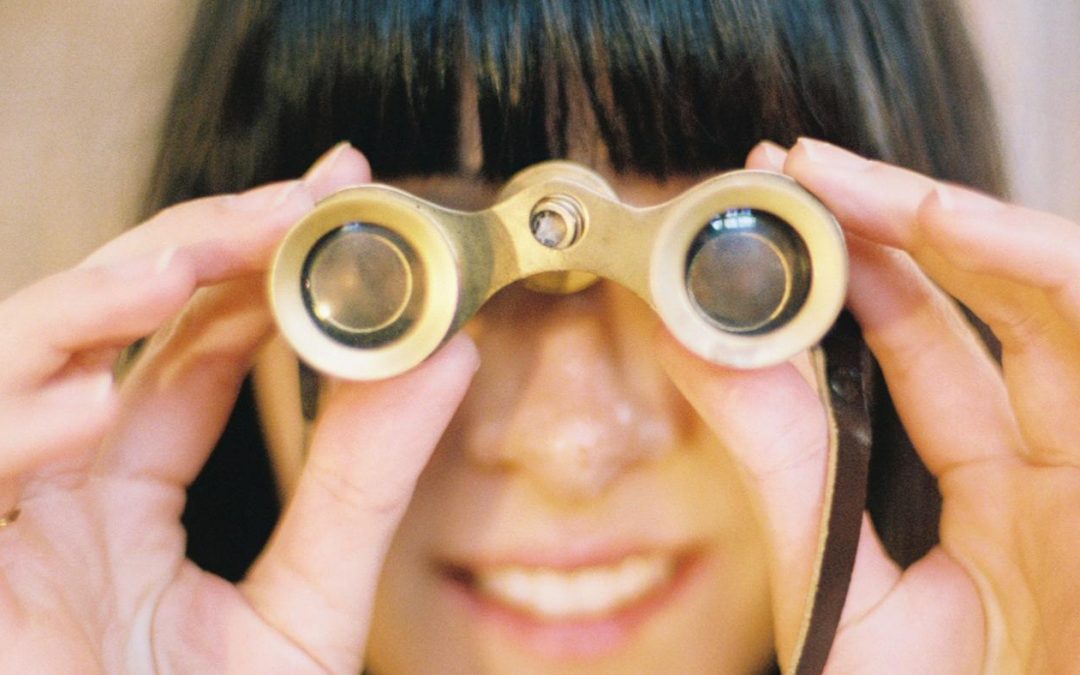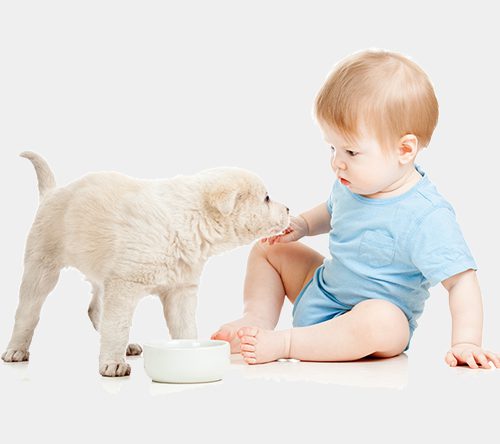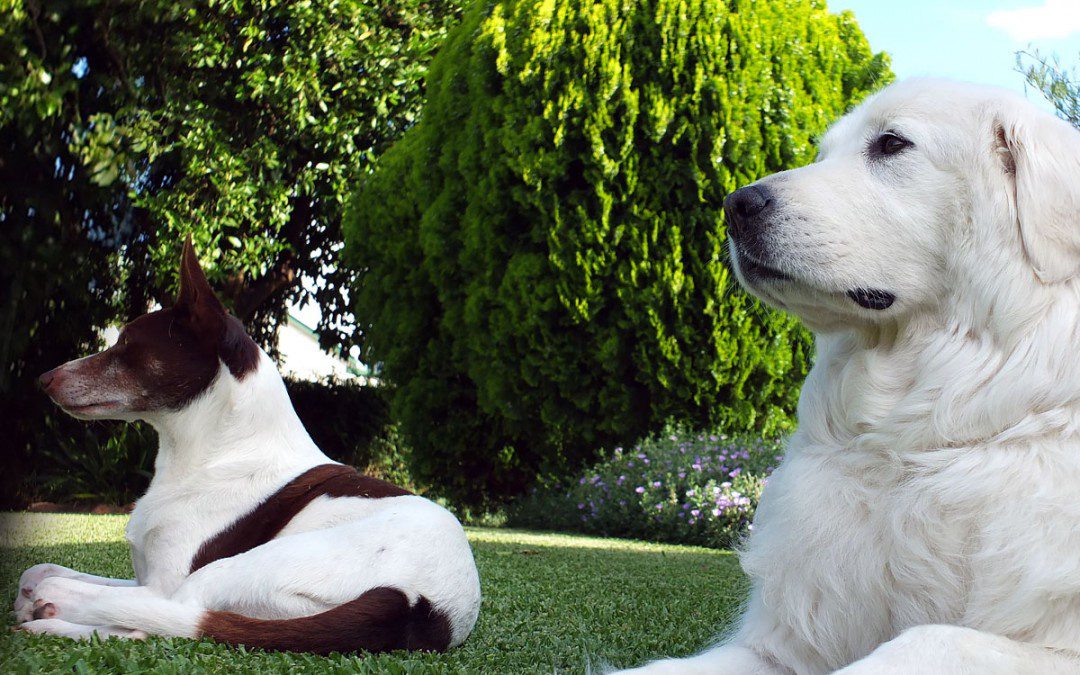- Information & Resources -
Please browse through our blog for valuable information and resources
Socialise Safely with Other Pets and Pet Lovers
Why It’s Essential to Socialise Your Puppy Socialising your dog is the most important gift you can give them. It should begin early in their life and is particularly crucial during a puppy’s Critical Socialisation Period of 8 to 12 weeks old. A well-socialised puppy...

Buff’s Journey through Deafness, OCD & Anxiety
It is believed that Buff was born profoundly Deaf. However, it wasn't detected during the first 6 months of his life when he was kept with many other pups in a puppy pen at his breeder's facility. It wasn't until shortly after my client brought Buff and another black...

The Importance of Objective Observation in Assessing Dog Behaviour
OBJECTIVE and SUBJECTIVE Observations in Dog Training: A common situation that often arises in the field of dog training, is how we observe behaviour. The ‘how’ has an undeniably important influence on the outcomes for the dog, because - ‘how’ we observe behaviour...

Importance of basic commands to keep your dog safe
This is a good article explaining the importance of teaching your dog a few basic commands in order to keep your dog safe. This article also talks about the need to understand what your dog likes and dislikes and how this ultimately can lead to a relationship that is...

In the news: Dog bites baby
Australia awoke on Monday 22 June to hear of yet another disturbing incident involving a baby being harmed by the pet dog. It is such a sad beginning for a new family to have experienced, not only the frightening injuries inflicted on their newborn, but also the loss...

‘ODDBALL’ Trailer
An hilarious movie based on a true story about how a Maremma (Livestock Guardian Dog) changed the future for many many penguins on Middle Island in Victoria and saved them from extinction on that island. This is my Fifi's breed and the type of work that she as a...

Responsible Pet Ownership
At the core of BEYOND Dog Training, is the belief that all pet owners need to take responsibility for the welfare of their pets. I strive to be an example of this belief in my community in every way that I can. I also try to educate my fellow pet owners about their...
OBJECTIVE and SUBJECTIVE Observations in Dog Training
A common situation that often arises in the field of dog training, is how we observe behaviour. The ‘how’ has an undeniably important influence on the outcomes for the dog, because –
1) the ‘how’ influences the conclusions made in the behavioural assessment and therefore,
2) it influences the behaviour modification plan that is designed around those conclusions.
3) It can also influence a difficult decision such as, whether to rehome or to euthanase a dog.
Therefore, it is vitally important that behavioural consultants and dog trainers, get it right from the start.
I am talking about OBJECTIVE and SUBJECTIVE observation. Whilst we may be skilled in training dogs, it is incumbent on trainers to also be highly skilled in OBJECTIVE observation and to be aware of the differences between OBJECTIVE and SUBJECTIVE observation, as well as the nuances of each.
It is common for dog trainers to hear comments or opinions from the dog owner which are based on their subjective observations of their dog. This is because there is an emotional involvement for the owner with the dog, be it positive or negative which is based on their established relationship.
One of the skills required of a dog trainer, is the ability to recognise and not be influenced by the subjective observations offered by the dog’s owner or those closest to the dog emotionally. This also extends to those who are not emotionally attached to the dog but who might have another type of attachment such as a geographic link to the dog and its immediate environment, for example, a neighbour. In cases where the dog is displaying a problem behaviour which is impacting on neighbours, we then see ‘negative labelling’ which can lead to subjective observations of the dog. This can be especially so for a neighbour who has to put up with a barking dog for some time and as a result is so heavily influenced by the negativity of that situation that they label all of the dog’s behaviours as bad or unreasonable or unprovoked. The opportunity to objectively observe the dog’s behaviours, to identify possible antecedents and ultimately to be able to understand what might possibly be driving those behaviours, is then missed. Here’s a simple scenario that can result in a ‘geographically subjective observation,’- The neighbour’s cat sits on the fence and teases the dog who barks continuously at it. As soon as the annoyed neighbour (who owns the cat) opens their door to yell at the troublesome noisy dog next door, the cat disappears!! The dog is then blamed for unprovoked behaviour which can lead to subjectiveness, not only because of the absence of the facts, but because the situation is so loaded with angst and discontent that the evidence can be missed, even if it is observed.
Then in comes the dog trainer who is detached both emotionally and geographically and is able to objectively observe what is influencing the dog’s behaviours and identifies the antecedent (the cat sitting on the fence teasing the dog). The trainer is then able to develop an accurate behaviour modification plan using training and/or management strategies to address the problem behaviours. This is objective observation.
Although OBJECTIVE and SUBJECTIVE observation are very different, behavioural assessments by trainers and behaviourists can easily be influenced by subjective input. We need to be careful to approach these exercises with objective eyes and an objective mindset and to ask for clarification where we suspect subjectivity may be at play either in our own thinking or with those who are affected by the dog’s behaviours. Even our own breed bias can influence or cloud our objectivity when observing behaviours.
• What is the definition of these two terms?
OBJECTIVE: – is not influenced by personal feelings or opinions in considering and representing facts.
SUBJECTIVE: – is based on or influenced by personal feelings, judgements, tastes, or opinions.
• What is a simple example of each?
OBJECTIVE: – the dog got up from its bed and walked over to the water bowl.
SUBJECTIVE: – the dog was thirsty.
(Although one could easily come to a natural conclusion that this dog went to the water bowl because it was thirsty, it is possible there are many other reasons for the behaviour.)
How can we apply this in Dog Training and why is it so important?
Here are some useful guidelines about how to keep your observations OBJECTIVE:
1. BIAS: Do not conduct the observation if you have an emotional attachment to the situation or are geographically linked to the case. Ask a colleague to do it or have the colleague attend with you and then compare your observations. Be open to their input about your observations possibly being clouded or subjective.
2. FACTS: Make sure you are ONLY recording the facts and not what you think or believe is going on before, during or after the behaviour manifests. Practice with your own dog or children or even your partner! Record only what you see and hear.
3. DETAILS: Record as much detail as possible, even if at the time, you might not understand if there is a link between things.
4. ENVIRONMENT: Record the physical layout of the environment which can have an influence on animal behaviour even without our being aware of it. You want to paint the whole setting so that the audience feels like they are there too. The more information you provide, the easier and more accurate the conclusions and advice will be.
5. CHANGES: Look for and record changing environmental factors which may be influencing the behaviour and record them, without surmising that they are or are not influencing the behaviour/s. For example, “…and at that point the child walked into the room…”
6. POSITIONING: Make sure you are not positioned in such a way that you are inadvertently influencing behaviours or changes in behaviours. Consider where you will sit or stand to observe with the least effect on the animal. Out of view of the dog, is always the most objective position to observe from, provided the dog is not nervous or concerned about you being in that position.
7. LABELS: Do not use labels. Examples can include: vicious, stubborn, jealous, cute, harmless, annoying, protecting, guarding, grumpy, not happy, out of control, angry, dumb, just doesn’t get it, etc. Try instead to describe the particular behaviour/s that made you think of that label.
8. QUANTITY: Avoid summarising quantities. Instead, actually record how many times a particular behaviour was exhibited. For example: REPLACE “…the dog circled a lot…” WITH “…the dog circled three times in an anticlockwise direction, on the same spot, for 20 seconds…”
(Yes, direction of travel can take on a whole new meaning when observing and diagnosing things such as OCD behaviours!)
9. BODY LANGUAGE: Don’t forget to observe and record ALL body language. This applies to not only the dog that is the subject of the observation, but to everyone involved in any interactions during the observation period, e.g. body language of other dogs in a multi dog household; of other animals; of household members and of visitors.
10. SURETY: If you are not confident of an observation, for example, something blocked your view when a behaviour was displayed, then use terms such as “it appeared to be ….”, so that this particular observational comment is allocated the correct amount of credence when pulling all the observations together. Alternatively leave it out altogether. Each circumstance will be different.
In Conclusion
Objective observation ensures that:
• the behaviour is accurately identified;
• an appropriate training and management plan to address the behaviour can be developed;
• the dog owner can make an informed decision about the dog’s welfare and future if required.
Our conclusions about our pets and their behaviours have far reaching effects not only on them, but also on so many other lives whether it is our family, our visitors or our neighbours. The small effort we can make to get the right information about what takes place, is the only way to ensure that the process is accurate and fair to all involved.
